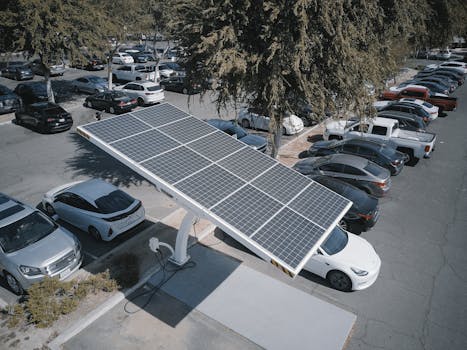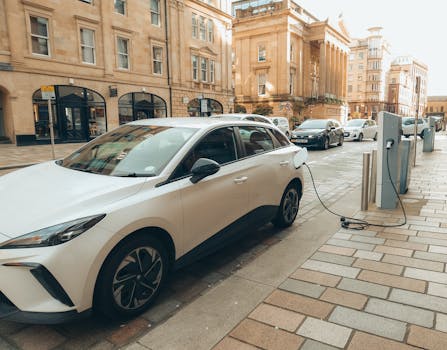
Smart Cities: Urban Trends for 2025
Smart Cities are at the forefront of Smart Cities urban development, leveraging cutting-edge technology and innovative solutions to create sustainable, efficient, and livable environments. As we approach 2025, it’s essential to explore the latest urban trends that are shaping the future of our cities.
Introduction to Smart Cities

Smart Cities are designed to improve the quality of life for citizens, enhance economic growth, and reduce environmental impact. These cities utilize advanced technologies such as IoT sensors, data analytics, and artificial intelligence to manage resources, transportation, and energy consumption. The focus on Smart Cities is becoming increasingly important as the world’s population continues to urbanize.
Trends Shaping Smart Cities in 2025

Several trends are expected to shape the development of Smart Cities in 2025. These include:
- Sustainable Energy: The integration of renewable energy sources, such as solar and wind power, to reduce dependence on fossil fuels and minimize carbon footprint.
- Electric Vehicles: The adoption of electric vehicles for public transportation and personal use, reducing air pollution and greenhouse gas emissions.
- Smart Grids: The development of advanced energy management systems, enabling real-time monitoring and optimization of energy distribution and consumption.
- Urban Mobility: The implementation of intelligent transportation systems, including autonomous vehicles, ride-sharing, and bike-sharing services, to reduce traffic congestion and improve air quality.
- Green Infrastructure: The incorporation of green spaces, such as parks and green roofs, to mitigate the urban heat island effect and improve biodiversity.
Challenges and Opportunities in Smart City Development

While Smart Cities offer numerous benefits, there are also challenges and opportunities that need to be addressed. These include:
- Data Security: The protection of citizen data and prevention of cyber threats, ensuring the integrity and trustworthiness of Smart City systems.
- Digital Divide: The need to bridge the gap between technology haves and have-nots, ensuring equal access to digital services and opportunities for all citizens.
- Public-Private Partnerships: The collaboration between government agencies, private sector companies, and academia to leverage resources, expertise, and funding for Smart City initiatives.
- Citizen Engagement: The involvement of citizens in the planning and decision-making process, ensuring that Smart City initiatives meet their needs and priorities.
Conclusion

In conclusion, Smart Cities are poised to revolutionize the way we live and work in 2025. By embracing sustainable energy, electric vehicles, smart grids, urban mobility, and green infrastructure, cities can reduce their environmental impact, improve the quality of life for citizens, and drive economic growth. However, addressing the challenges and opportunities in Smart City development is crucial to ensuring the success and inclusivity of these initiatives.



